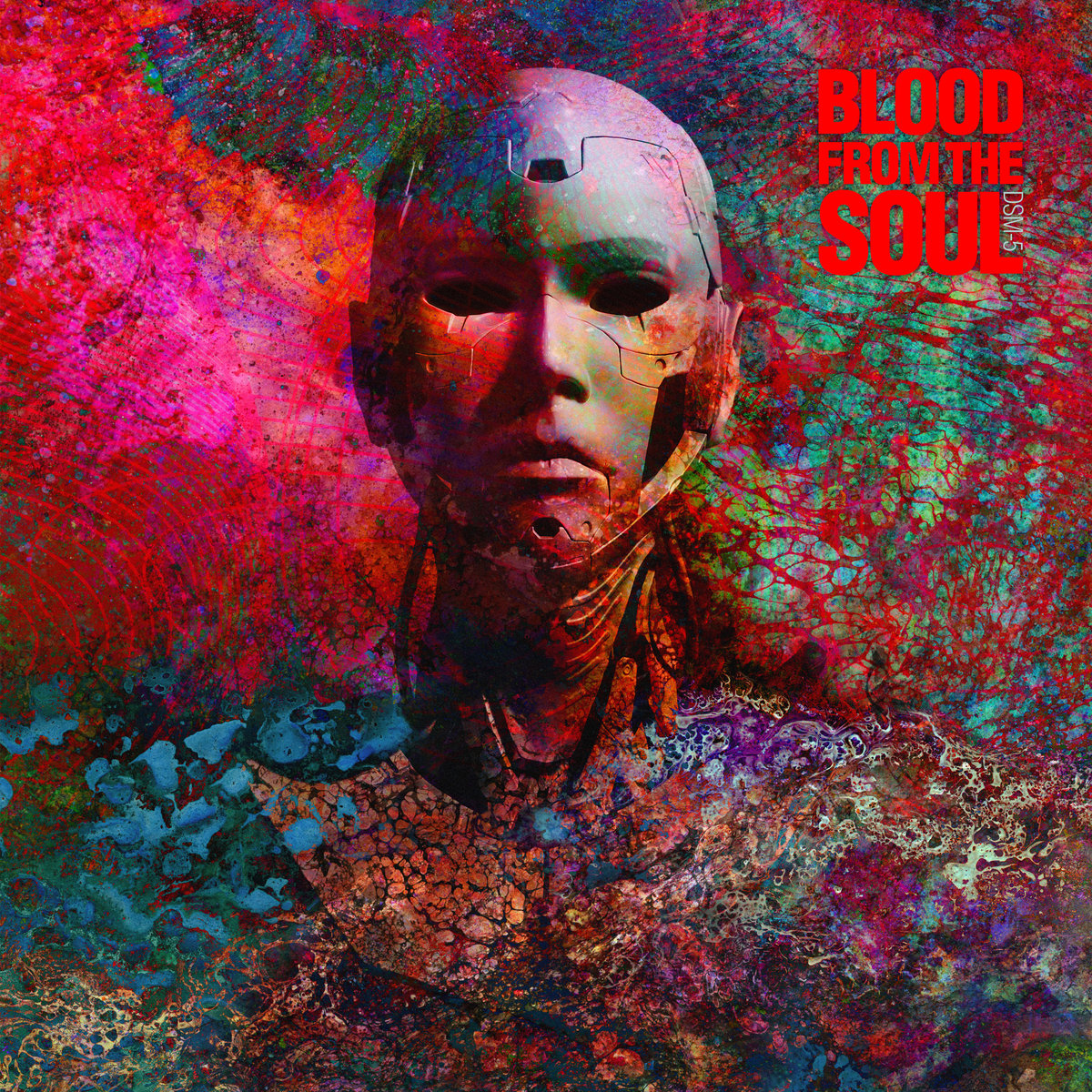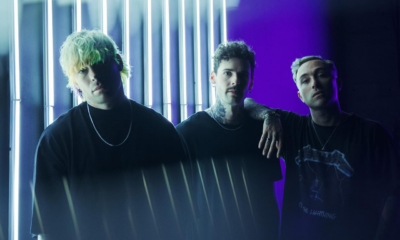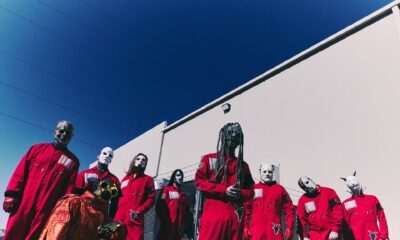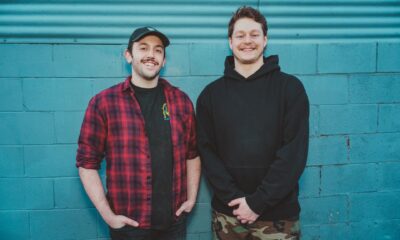Interviews
The Return and Revitalization of Shane Embury’s Blood from the Soul
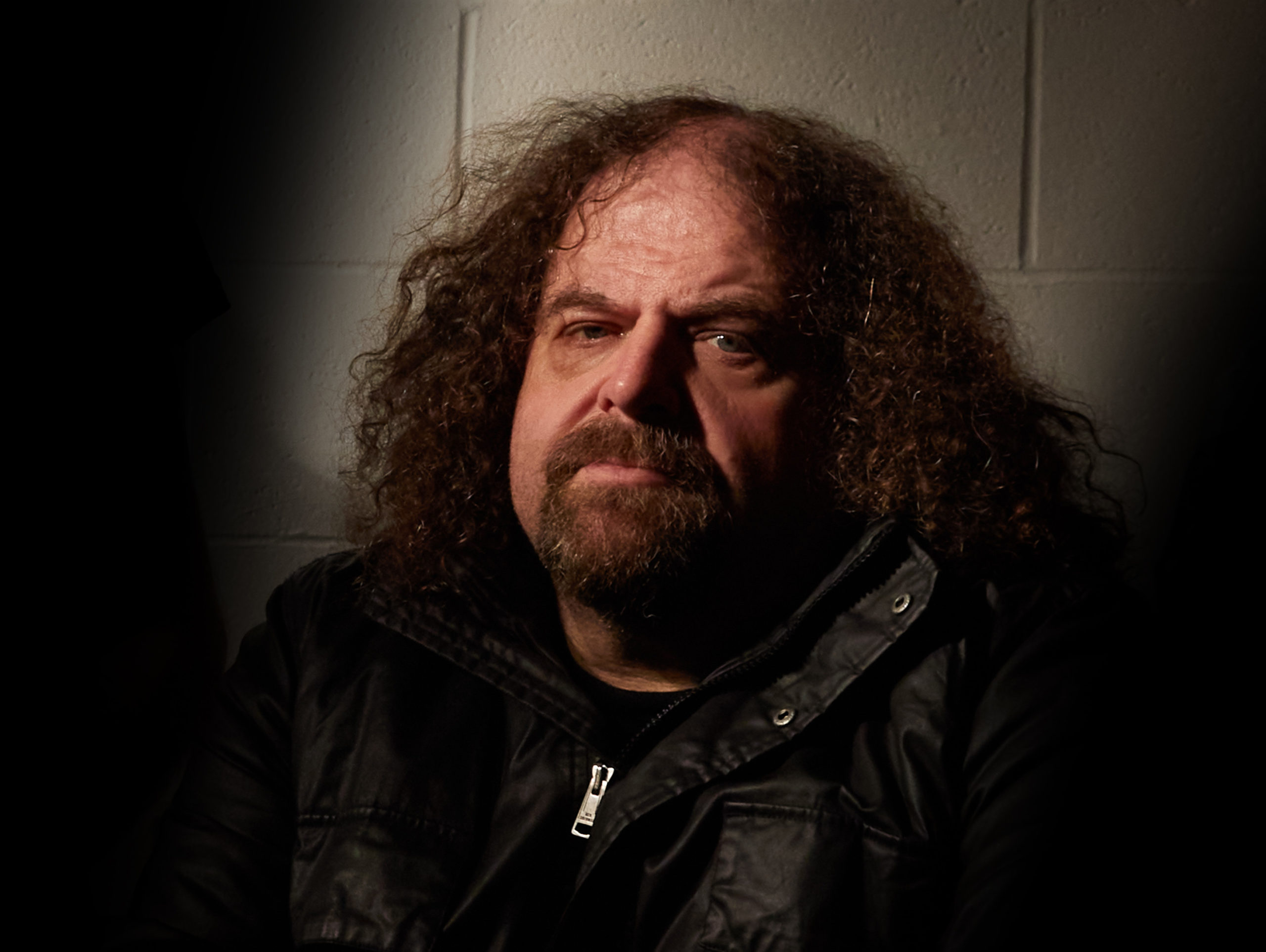
Extreme music fans who are long in the tooth and grey in the beard (and, let’s face it, the pubes too) might remember the name Blood From The Soul. Back in the early ’90s, Napalm Death’s Shane Embury and Sick of It All’s Lou Koller joined forces using the day’s available technology in the creation of this melodic yet harsh industrialized metal project. The collaboration gifted us a single recording, 1993’s Earache-released To Spite the Hand that Bleeds before being bumped off the priority list in favour of the duo’s day gigs and Embury’s participation in about 50 percent of every metal band that has ever existed.
Imagine the surprise when Converge vocalist Jacob Bannon started dropping online news bits about the revitalization of the project, with Embury being joined by Bannon on vocals, bassist/guitarist, Jesper Liverod (ex-Burst, Nasum), and drummer Dirk Verbeuren (the other 50 percent of bands Embury doesn’t have time for)?
Blood from the Soul’s second offering of post-punk blanched industrial metal is called DSM-5 and not only makes use of the advances in technology unavailable to the original lineup, but capitalizes on the fully fleshed out lineup and the skill and talent of those involved. Embury tapped away at our inquiries after a late-night studio session to discuss the return of one of his oldest projects, the value of art in a time of chaos and the therapeutic value of sonic maelstroms.
At what point did you decide to resurrect Blood from the Soul? Was there a particular incident that fired up that particular engine again? Had you been nudged along by friends and fans, or was the decision to do it again all you?
Shane Embury: “Dirk Verbeuren was really instrumental in my decision! He was a big fan of the first album and we had talked about re-recording it with drums, but obtaining the tapes from Earache proved difficult. The idea grew and grew on me of revamping the whole project. I had five tracks for a project that didn’t seem like it would ever happen, so I switched gears and sent the music to Dirk and it began. I love Dirk’s enthusiasm; it’s infectious!”
When did you decide to make Blood From The Soul and DSM-5 the product of a full band as opposed to the former configuration of yourself and a vocalist?
“I had tried reaching out to (Sick of It All’s) Lou Koller a few times. We are both very busy and maybe the messages got lost in translation? Things seemed improbable. I have known Jacob Bannon since Converge played with my other band, Lock Up, in Japan in 2002. He once asked me about BFTS and that lodged itself in my brain, I guess, a gift granted from the universe, as I thought of who we could get to front the new version. Jacob seemed the logical choice and he has really taken the bull by the horns and layered this new beginning with multiple visions which is great as it’s inspiring me greatly.”
Was recruiting members for the lineup an easy sell?
“As with Jacob, Jesper Liverod from Burst/Nasum and I have been friends for 20 years now and we have always rambled about doing more together musically. Jesper also plays guitar which is good as we could switch parts in songs. I am happy he came onboard; I need all the strength around me I can get.”
Over what period of time was the new album written and how far back does some of the material on the record go? How would you compare the creative process between BFTS today versus the original creative process?
“The music only goes back a few years, except ‘Self Deletion’ which was one I left out from the original album. At first the creative process was similar, but then sending the ideas around the world to get the guys input was new and refreshing! For two of the songs, I asked Dirk to send me drum tracks first and for whole songs and I would create riffs to his beats. As challenging as it was, I much preferred this and they are my favourite two songs on the album. If we do a third album, I would for sure encourage Dirk to lay down more ideas.”
Considering the structural background and history of the project, was it difficult or uneasy for you to let other people in on the song writing?
“It was not difficult for me to encourage collaboration. I have built my own ivory tower years ago and lived in it and felt very lonely, so I prefer input at this point in my life and try my best to be laid back about it which is difficult but necessary. Jacob, as I said, really embraced the whole project with his concept lyrics and artwork, more than I could have dreamed of.”
I’m assuming Jacob had the conceptual freedom to do whatever he wanted in terms of lyrics and artwork. Did you provide some sort of thematic guidance or framework for him to work within? What were your thoughts on what he was coming up as the process went along, in regard to both lyrics/topics and the cover art?
“It was unexpected, but I’m totally blown away. There is a link to what was before and what’s has become, but it’s in such an unobvious way. I am reading some of his explanations now as we speak, this could be a great short movie or anime, and I guess there is another external link in our love for Japanese manga.”
When you listen back to the first album, what do you like/dislike? What did you consciously want to do differently with this album and version of the band and do you feel you achieved what you set out to do?
“On the first album, I guess I have grown to dislike the basic-ness of the drum machine and would love to re record it with Dirk, Jacob, and Jesper, but sometimes things don’t need to be changed. This new album has just happened so organically in some ways and as much as we recorded it and mixed it in different corners of the world I’m astounded at the ease of how this came about. A lot has to do with Jacob’s vision as well and also my good friend Russ Russell’s great production.”
Over how long a period was the album recorded? Did everyone do their own parts remotely their own? At any point was there more than one person in the studio together?
“It was put together over 18 months. There was never more than one person in the studio. I recorded some parts on the back of the bus during Napalm’s tour with Slayer.”
What would you say are the differences in the motivation for doing this project between the early ‘90s and now? What would you say that BFTS means to you today versus what it meant to you back in the day?
“It means probably the same to me. These are parts of my true self, musically and lyrically, and even though I didn’t write the lyrics I fully endorse Jacob’s experimental themes. As I read the lyrics, it actually felt as if Jacob had access to my thoughts. Are the themes science fiction? Or are they metaphors? It’s about expression and creativity. Politics, for me, has always been boring if I am to be totally honest and I am more comfortable in the realms of the unknown. This year has been weird for everyone and I am still trying to find out just who I am. At times I just don’t know where I am heading and BFTS is necessary therapy for me.”
Is there an intention for BFTS beyond DSM-5? Has the idea of playing live shows been brought up (assuming there will ever be proper live shows and tours again…)? Do you feel there’s a risk of BFTS getting lost in the Shane Embury shuffle of bands, or a big bottleneck happening when everyone wants to start playing live when the time comes?
“I would like to record more with BFTS, live, perhaps, we will see. I feel it’s a scary world for musicians these days. The pressure is tough especially when asshole politicians try and stamp out culture and creativity, the very things that we need to express and feel and relieve the symptoms of life and just getting through the day. Emotions conjured by paintings or poetry or music should not be dismissed or discarded.”
If there is a future for BFTS beyond this new album? Or has this chapter been closed?
“I have already started on the next BFTS album as we speak. Wow, a sense of deja vu has just hit me! Watch this space.”
-

 Alternative/Rock1 week ago
Alternative/Rock1 week agoThe Warning Shake the Foundations of a Sold-Out Leeds Stylus [Photos]
-

 Alternative/Rock3 days ago
Alternative/Rock3 days agoThe Cruel Knives Headline Top Night of British Rock at Manchester’s The Lodge [Photos]
-

 Alternative/Rock3 days ago
Alternative/Rock3 days agoThe V13 Fix #012 w/ Dååth, Unearthly Rites, maybeshewill and more
-

 Alternative/Rock1 week ago
Alternative/Rock1 week agoThe V13 Fix #011 w/ Microwave, Full Of Hell, Cold Years and more
-
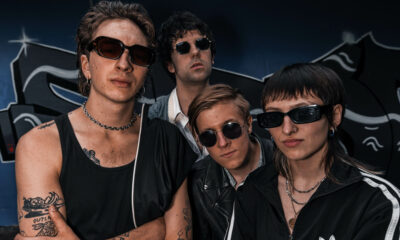
 Indie1 week ago
Indie1 week agoDeadset Premiere Music Video for Addiction-Inspired “Heavy Eyes” Single
-
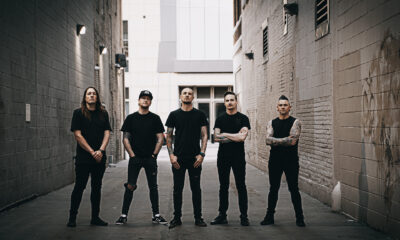
 Interviews1 hour ago
Interviews1 hour agoKill The Lights Michael ‘Moose’ Thomas Talks Success, International Bandmates and more
-

 Folk1 week ago
Folk1 week agoKatherine Perkins Strikes the Right Tone with Her “Hold On” Music Video Premiere
-

 Country2 weeks ago
Country2 weeks agoBrooke Ashton Chats About Her “Someone” Single, Creative Process, and More!

